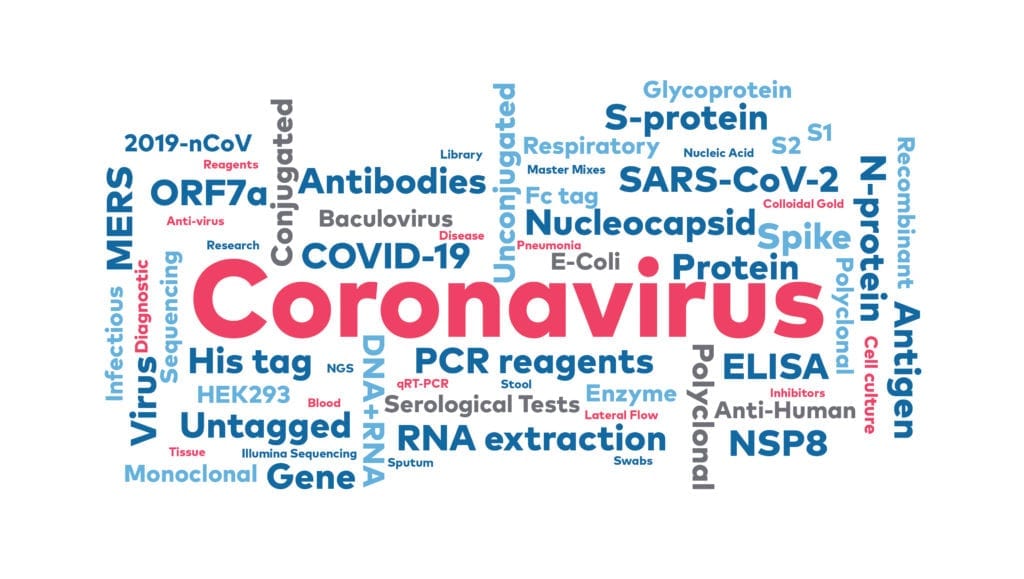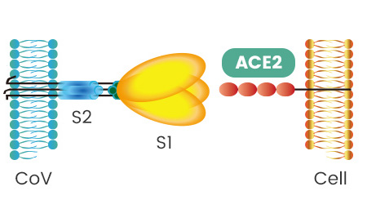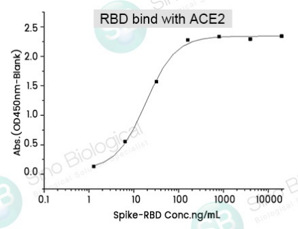The ongoing pneumonia outbreak in the city of Wuhan is caused by a newly identified coronavirus SARS-CoV-2, COVID-19, named by the World Health Organization on January 12nd, 2020.This new virus belongs to the Betacoronavirus Genus, which also includes SARS CoV (2003) and MERS CoV (2012). The sequence reveals that 2019-nCoV is more similar to SARS-CoV (70% similarity) than to MERS-CoV (40%).
As part of our comprehensive Infectious disease portfolio, Stratech can offer a range of novel coronavirus 2019-nCoV primary antibodies and antigens (details below), 2019-nCoV multiplex RT-qPCR detection kit and NGS library prep kit.
Same as all other coronaviruses, the genome of 2019-nCOV encodes the spike protein, the envelope protein, the membrane protein, and the nucleocapsid protein.


